Why Treated Pine Is the Go-To Choice for Outdoor Structures
Introduction
Building a deck, pergola, fence, or garden bed that stands the test of time means choosing materials capable of withstanding rain, sun, insects, and temperature swings. While there are many lumber options—cedar, redwood, composite, and more—treated pine often emerges as the preferred choice for outdoor applications. Its combination of affordability, durability, and ease of workability makes it a favorite among DIYers and professional builders alike. In this post, we’ll explore why treated pine is so widely used, what “treated” actually means, and how its unique properties make it the go-to for outdoor structures ranging from simple raised garden beds to sprawling backyard patios.
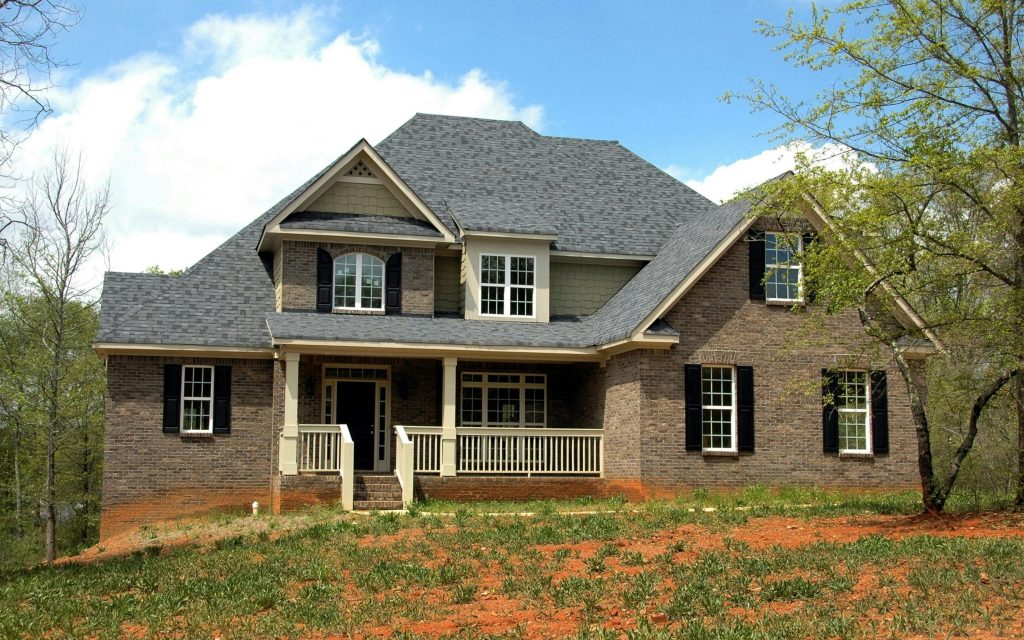
What Is Treated Pine?
Understanding Pressure-Treated Lumber
Pressure-treated pine begins life as standard radiata or slash pine. After milling, boards are placed inside a sealed pressure chamber. A preservative solution—typically copper-based compounds like alkaline copper quaternary (ACQ) or copper azole (CA)—is forced deep into the wood fibers under high pressure. This process dramatically reduces the pine’s vulnerability to:
- Rot and fungal decay caused by moisture
- Termite and wood-boring insect attacks
- Weathering over years of sun and rain cycles
Unlike untreated pine, which can warp, split, or deteriorate within a few seasons outdoors, treated pine resists these threats for a decade or more when installed correctly.
How Treatment Depth Matters
- Standard Ground Contact (UC4A/UC4B): Suitable if wood will touch soil or be near ground level. Preservative penetration is deeper to resist decay-causing organisms in damp conditions.
- Above-Ground Use (UC3B): Ideal for decks, railings, and frames that remain off the ground. These boards receive a lighter treatment, since they won’t be perpetually damp.
When shopping for treated pine, the stamp on each board will indicate its Use Category (UC) number. Always select UC4-rated lumber for posts, fence pickets, or anything that owns regular, direct soil contact.
1. Durability and Rot Resistance
Why Untreated Pine Fails Outdoors
Pine is naturally lightweight and straight-grained, making it easy to cut and nail—but without treatment, its softwood nature leaves it highly susceptible to moisture. Over time:
- Warpage & Splitting: Rainwater seeps into the grain, causing seasonal expansion and contraction. Small cracks become large splits.
- Fungal Growth: If moisture lingers—especially around end cuts or knots—wood-decaying fungi colonize and break down the cellulose.
- Short Lifespan: Untreated pine structures exposed to rain and humidity often begin showing rot in as little as 2–3 years, depending on climate.
How Treatment Prevents Decay
Pressure treatment saturates the wood’s cell walls with preservatives that:
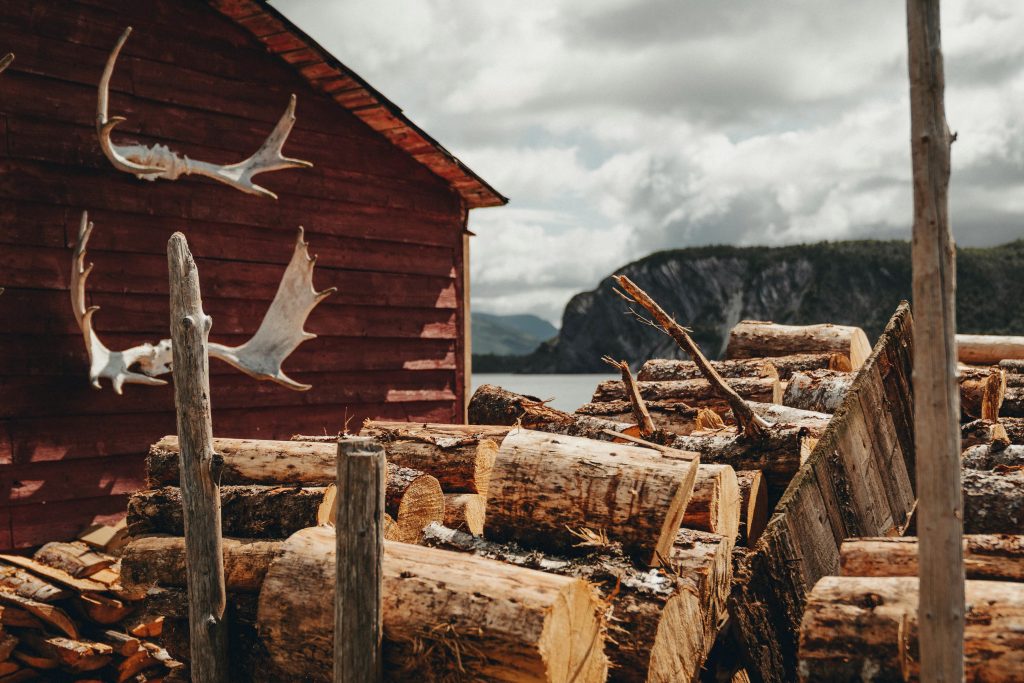
- Inhibit Fungal Growth: Copper-based compounds create an inhospitable environment for decay-causing fungi like brown rot and white rot.
- Block Moisture Uptake: While not fully waterproof, treated pine absorbs water more slowly than raw pine, allowing boards to dry between rain events.
- Extend Service Life: Properly installed ground-contact treated pine can last 15–20 years—often longer if sealed, stained, or painted after a brief drying period.
Example: A garden pergola built with untreated pine in a humid climate might warp and develop rot-prone pockets along horizontal beams within two seasons. The same pergola constructed from UC4-treated pine can remain structurally sound for over a decade with minimal maintenance.
2. Pest Resistance
Termites and Wood-Boring Insects
In warm, humid regions—and even in temperate zones—pests like termites, carpenter ants, and powderpost beetles threaten wooden structures. Untreated pine is an easy food source:
- Subterranean Termites: Create mud tubes from soil to wood, then devour the soft fibers.
- Powderpost Beetles: Lay eggs in cracks; larvae tunnel through boards, leaving behind “powder” frass.
How Treatment Deters Insects
The copper preservatives used in modern treatments are toxic (to pests, not humans when properly handled) and:
- Repel Termites: Most subterranean termite species avoid treated pine because the chemical compounds disrupt their digestive enzymes.
- Prevent Larval Infestation: Powderpost beetles cannot establish themselves in wood saturated with preservatives.
- Reduce Inspection and Replacement Costs: Especially in regions with high termite pressure, using treated pine eliminates the need for yearly termite treatments or frequent board replacements.
Note: While pressure treatment dramatically reduces the risk of insect damage, it doesn’t guarantee 100% deterrence—ongoing inspections and proper gap/spacing to allow wood to dry remain important.
3. Cost-Effectiveness
Comparing Treated Pine to Alternatives
- Cost Per Linear Foot: Treated pine often costs 30–50% less than cedar, redwood, or tropical hardwoods of equivalent dimensions.
- Maintenance Expenses: Although decks or fences built from higher-end species might require less frequent staining or sealing, the upfront savings on treated pine usually outweigh slightly higher maintenance costs over its lifespan.
- Ease of Replacement: If a treated pine deck board or fence picket is damaged, a replacement piece can cost $3–$5 versus $15–$25 for a premium hardwood equivalent.
Value Over Time
- Longer Lifespan than Untreated Softwoods: Even with basic sealing every few years, treated pine typically lasts 10–15 years (or more) in an above-ground application.
- Low Initial Investment: For homeowners or contractors building multiple structures (decks, railings, planters), lower material costs mean more budget for quality fasteners, joist hangers, and protective coatings.
- DIY-Friendly: Treated pine’s lighter weight and straight grain make it easier to handle without heavy machinery or large crews—further lowering labor costs.
Real-World Analogy: Think of treated pine as buying a reliable “entry-level” tool: it costs less upfront than the premium professional model (cedar or hardwood) but still delivers dependable performance for most everyday tasks.
4. Workability and Versatility
Ease of Cutting, Nailing, and Fastening
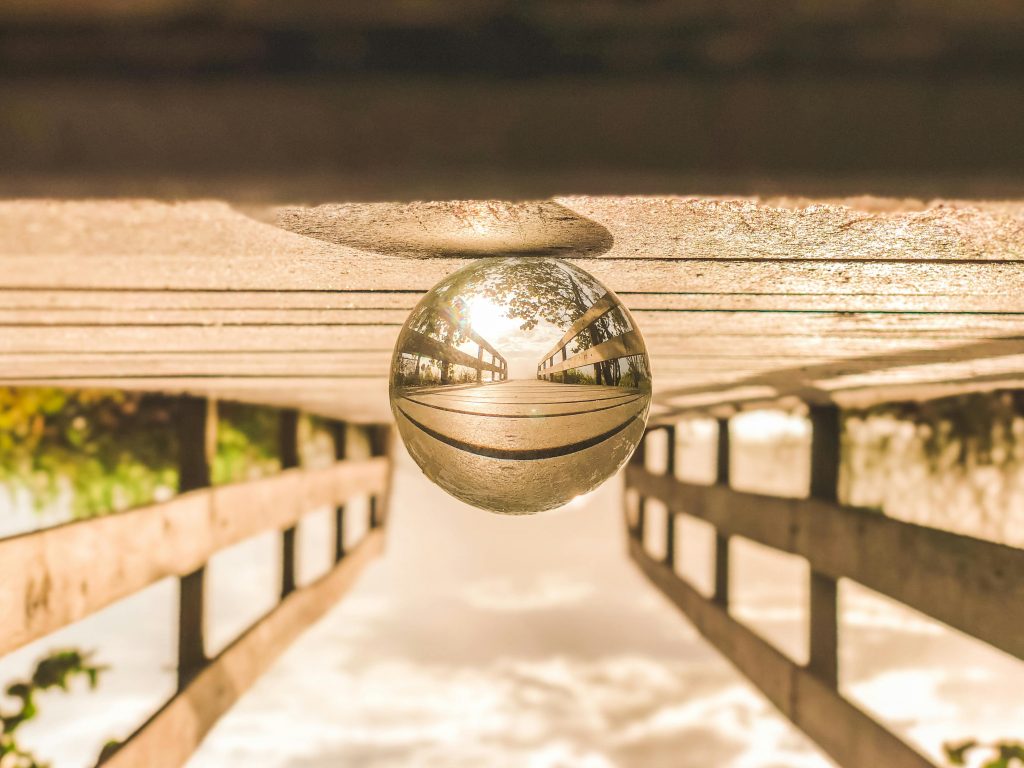
- Straight Grain & Uniform Density: Compared to denser hardwoods, treated pine cuts smoothly with standard saw blades, drills, and routers.
- Faster Assembly: Lightweight boards speed up framing, railing assembly, and fence installations—fewer sore backs and less specialized equipment needed.
- Nail & Screw Holding Strength: While harder woods can split if pre-drilling is neglected, treated pine’s softer nature means exterior-grade screws and nails penetrate with less effort.
Versatile Applications
Fence Posts & Pickets:
- UC4 ground-contact-treated 4×4 and 2×6 sections form sturdy posts and rails.
- Post holes are easier to dig and backfill than with heavier hardwood posts, and treated 4×4 posts resist rot even when set directly in concrete.
Deck Framing & Flooring:
- 2×8 and 2×10 treated joists and beams give reliable structural support.
- Deck boards cut from treated pine planks are less expensive than composite decking, yet still provide a grippy, natural wood surface.
Garden Beds & Planters:
- Treated pine keeps soil-dwelling fungi and moisture from rotting the sides of raised beds for years.
- Typically milled into 2×6 or 2×8 planks, it can easily be stacked or screwed together for custom planter depths.
Finishing Options
Though the greenish tint of fresh treated pine may not appeal to every aesthetic, you can:
- Let It Weather to a Silver-Gray Patina: Over 6–12 months, untreated boards fade to a natural gray if left unsealed—ideal for farmhouse or rustic styles.
- Apply a Semi-Transparent Stain: Highlights the grain while adding an extra layer of UV protection and moisture resistance.
- Paint After a Drying Period: Most manufacturers recommend waiting 30–60 days for wood to dry and mill glaze to dissipate before applying paint or solid-color stain.
5. Environmental and Safety Considerations
Modern Preservatives vs. Older Formulas
- Chromated Copper Arsenate (CCA): Phased out for residential use in the early 2000s due to arsenic concerns.
- Copper Azole (CA) & Alkaline Copper Quaternary (ACQ): Widely used today; these formulas do not contain arsenic or chromium and are considered lower in toxicity while still preventing decay.
Recycling and Disposal
- Lifespan & Landfill Impact: Because treated pine lasts longer than untreated softwoods, fewer trees are harvested over time for the same total footage of lumber.
- End-of-Life: Do not burn treated lumber, as burning can release copper compounds into the air. Instead, dispose of it at appropriate recycling centers or landfills that accept pressure-treated wood. Many municipalities have designated drop-off sites for wood treated with modern preservatives.
Health and Safety Tips During Installation
- Wear a Dust Mask & Eye Protection: Sawing or sanding treated pine releases fine dust. To avoid irritation or inhalation of copper particles, use a particulate-rated respirator and safety goggles.
- Use Corrosion-Resistant Fasteners: Because copper in the wood can corrode cheap galvanized nails or screws, always choose stainless steel or hot-dipped galvanized fasteners labeled for pressure-treated lumber.
6. Ideal Outdoor Applications for Treated Pine
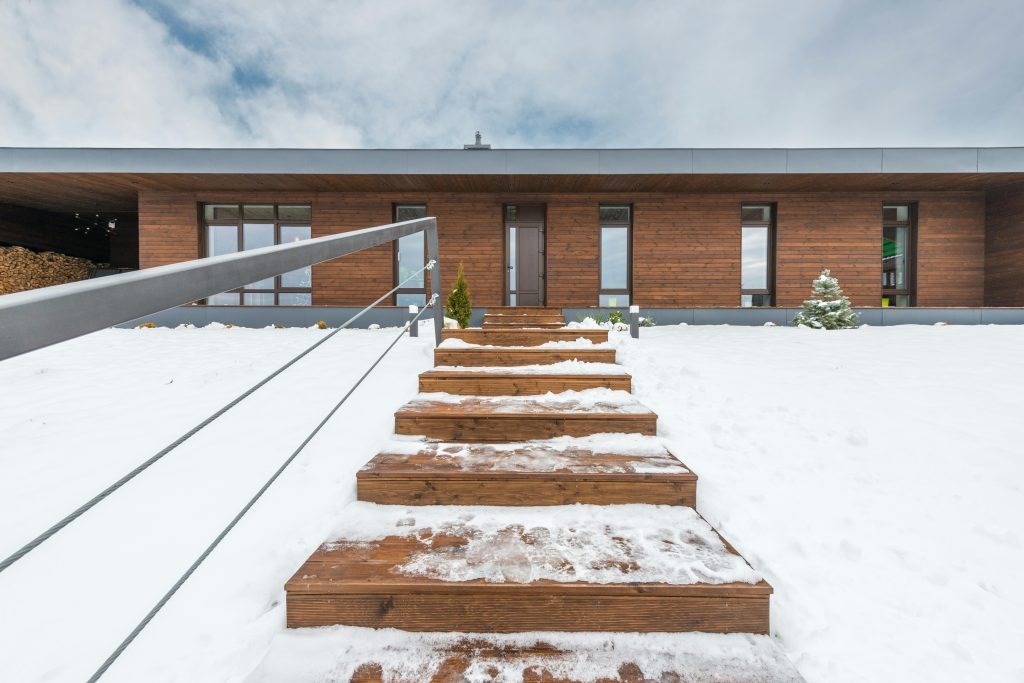
Decks and Patios
- Structural Elements: Treated pine joists, beams, and posts provide a solid framework.
- Decking Boards: Many homeowners opt for treated pine boards with anti-slip grooves as an economical alternative to composite or exotic hardwood decking.
Fences and Gates
- Pickets & Rails: 2×4, 2×6, or 1×6 board sizes for horizontal or vertical pickets.
- Posts: 4×4 or 6×6 treated pine posts set directly in the ground or concrete footings last upwards of 15 years without rotting.
Pergolas, Gazebos, and Arbors
- Lattice & Rafters: Treated pine stays straight and resists warping under heavy vines or other landscape elements.
- Custom Kits: Many DIY pergola kits ship with treated pine components pre-cut and stamped, making assembly straightforward.
Raised Garden Beds and Planters
- Soil Contact: UC4-treated pine resists fungal decay even when constantly touching moist soil.
- Cost-Effective: Compared to rot-resistant cedar, treated pine boards cost significantly less—ideal for large or multiple planter boxes.
Playground Structures and Outdoor Furniture
- Swing Sets & Climbing Frames: Treated pine withstands occasional wood-chewing pests and weather exposure better than untreated pine.
- Picnic Tables & Benches: Sturdy, low-cost, and easy to repaint or restain every few years.
Conclusion
For homeowners, landscapers, and professional contractors, treated pine strikes the ideal balance of price, performance, and versatility for outdoor structures. The pressure-treatment process saturates pine boards with preservatives that fend off rot, fungal decay, and wood-boring insects—dramatically extending the lifespan of decks, fences, pergolas, and garden beds. Its lightweight nature, straight grain, and affordability make it easier to handle and install than denser hardwoods, while still delivering reliable structural integrity for years to come. When properly selected (UC category), cut, fastened with the right hardware, and finished with paint or stain if desired, treated pine transforms into a long-lasting workhorse—proving why it remains the preferred lumber for outdoor projects.
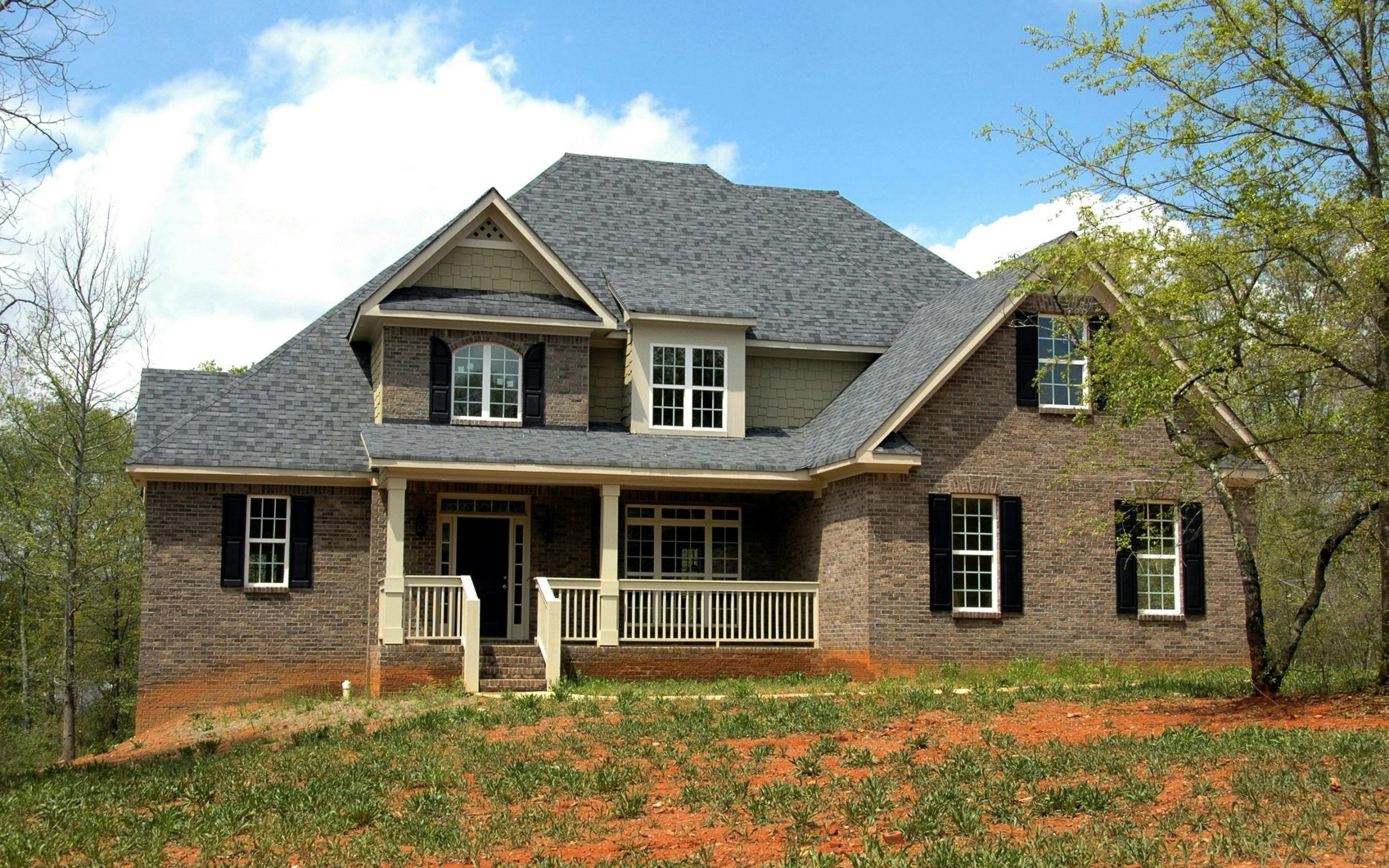

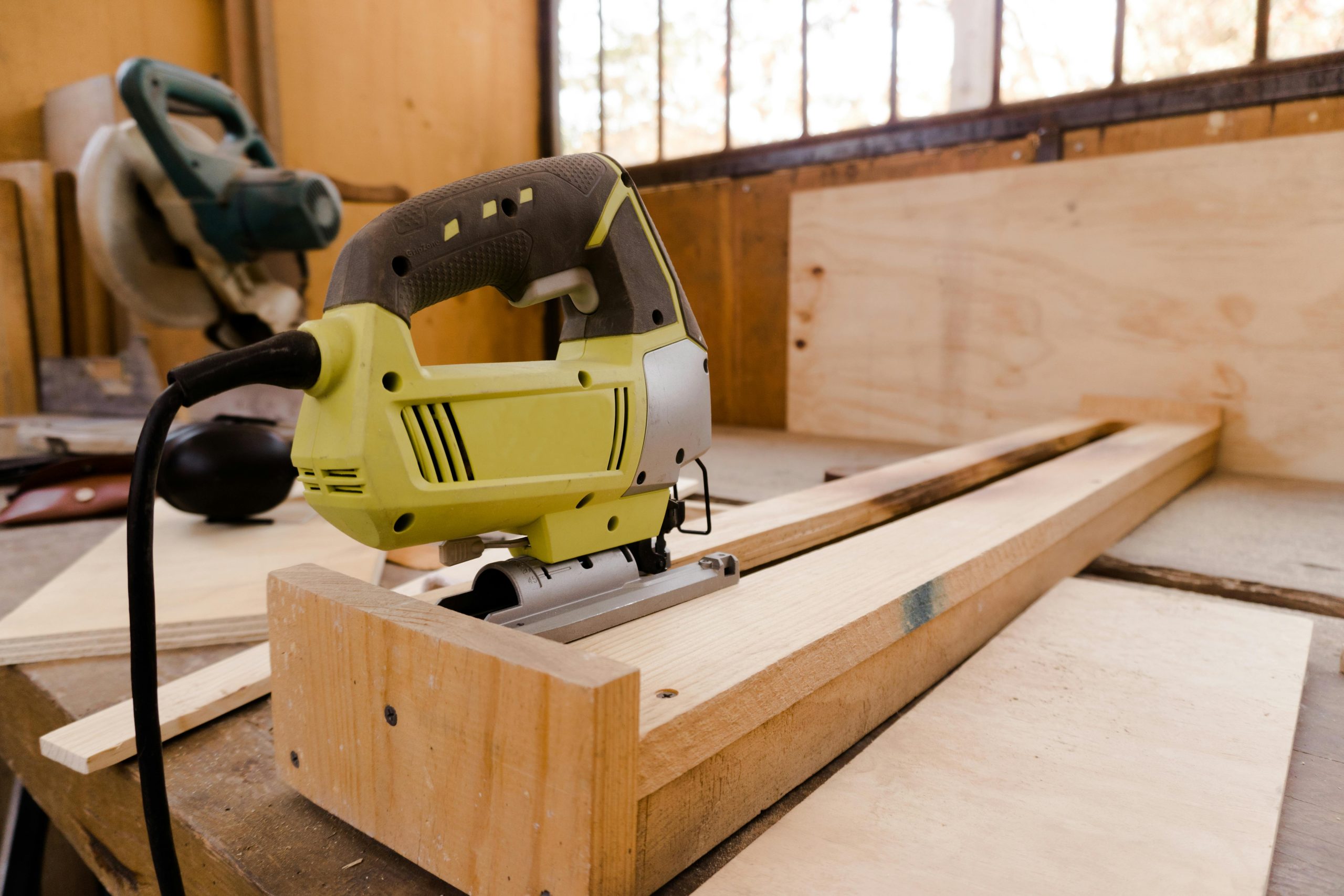
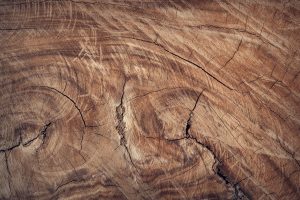

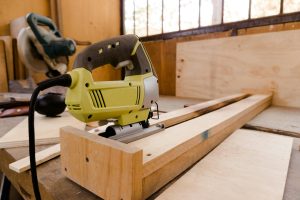

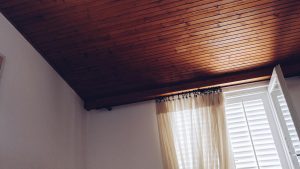
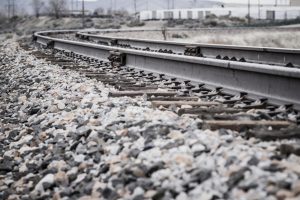


Post Comment